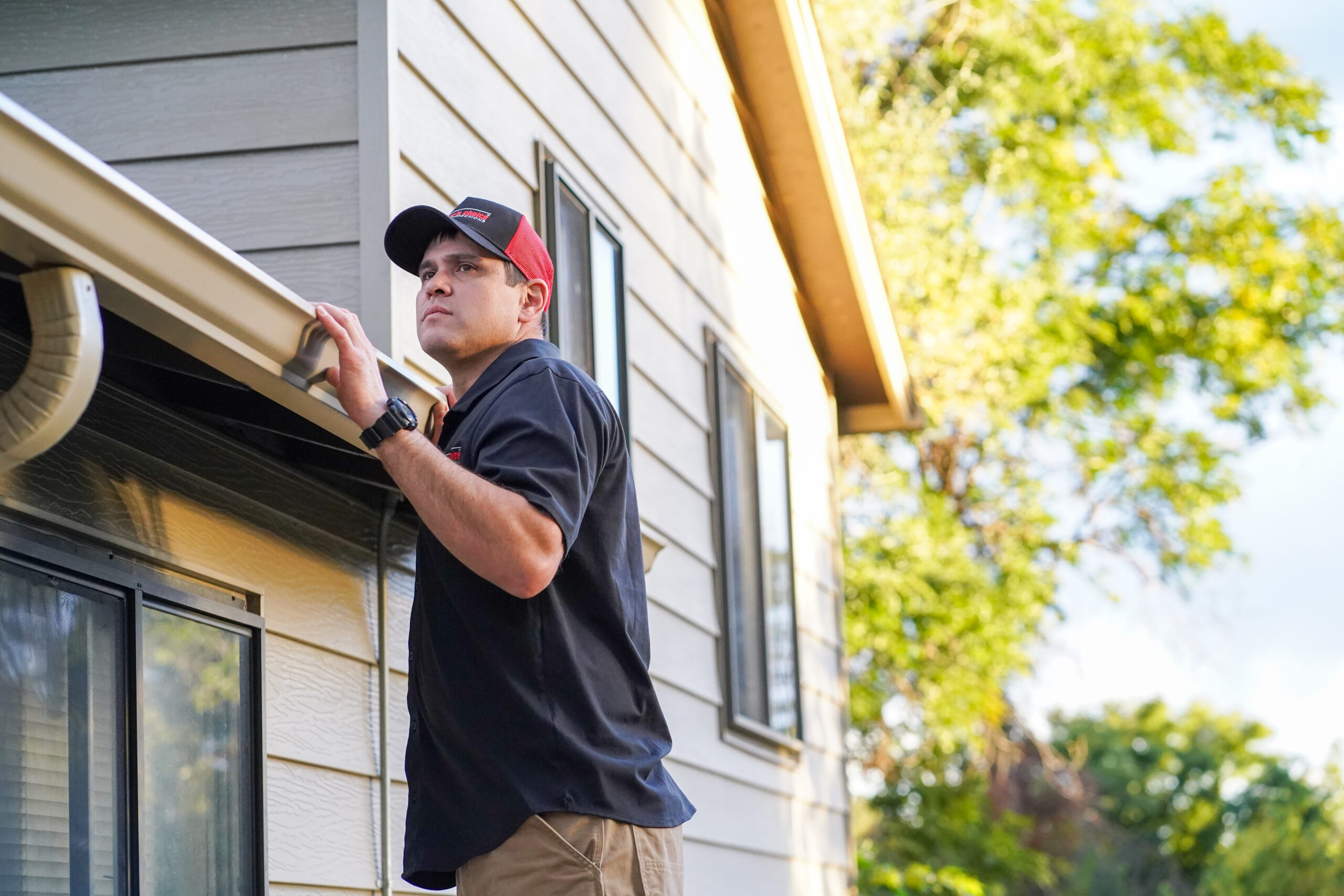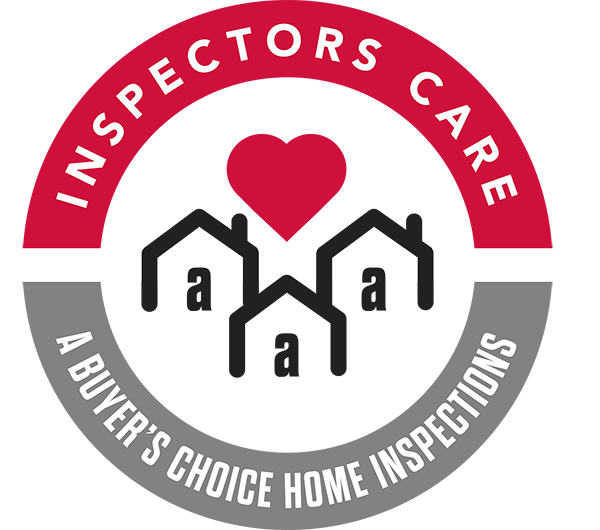Each season presents its own to-do list for homeowners. Following a regular home maintenance schedule is the easiest way to stay on top of this list and ensure you’re protecting your investment as well as your family’s wellbeing.
Whether you take care of a few tasks at a time or several all at once, it’s important to get into the habit of completing these checks annually leading up to each season.
With the hope of spring in the air, it’s important to establish a regular schedule to help prevent the most common – and also costly – problems from occurring. Be sure to make notes and snap some pictures of anything you’d like to share with an expert for advice or to help monitor the situation moving forward.

We recommend having an annual home maintenance inspection to ensure you remain informed of any issues that may creep up in your home. After all, addressing issues early is the key to avoiding hefty repair bills!
The following checklist will help guide you in keeping your home a safe and healthy place to live this spring and throughout the coming year.
Spring Checklist
- Check and clean or replace furnace air filters each month during the heating season. Ventilation systems, such as heat recovery ventilator filters, should be checked every two months
- Have your fireplace or woodstove and chimney cleaned and serviced as needed
- Shut down and clean your furnace humidifier, and close the furnace humidifier damper on units with central air conditioning
- Check air conditioning system and have it serviced every two to three years
- Clean or replace air conditioning filter if applicable
- Check dehumidifier and clean if necessary
- Turn OFF gas furnace and fireplace pilot lights where possible
- Have well water tested for quality. It’s recommended that you test for bacteria every six months
- Check smoke, carbon monoxide and security alarms, and replace batteries
- Clean windows, screens and hardware, and replace storm windows with screens. Check screens and repair or replace as needed
- Open valve to outside hose connection after all danger of frost has passed
- Examine the foundation walls for cracks, leaks or signs of moisture, and repair as required
- Check all fencing. Replace or repair and paint as necessary
- Ensure the sump pump is operating properly before the spring thaw sets in. Be sure the discharge pipe is connected and allows water to drain away from the foundation
- Re-level any exterior steps or decking that moved due to frost or settling
- Check eavestroughs and downspouts for loose joints and secure attachment to your home. Clear any obstructions. Ensure water flows away from your foundation
- Clear debris from all drainage ditches and culverts
- Undertake spring landscape maintenance. Start by clearing your lawn of fallen leaves, branches and debris. Apply fertilizer and mulch as needed. Edge your driveway and walkways. Consult a professional landscaper if you notice anything that requires added attention
Find an Inspector near you: https://abuyerschoice.com/locations









